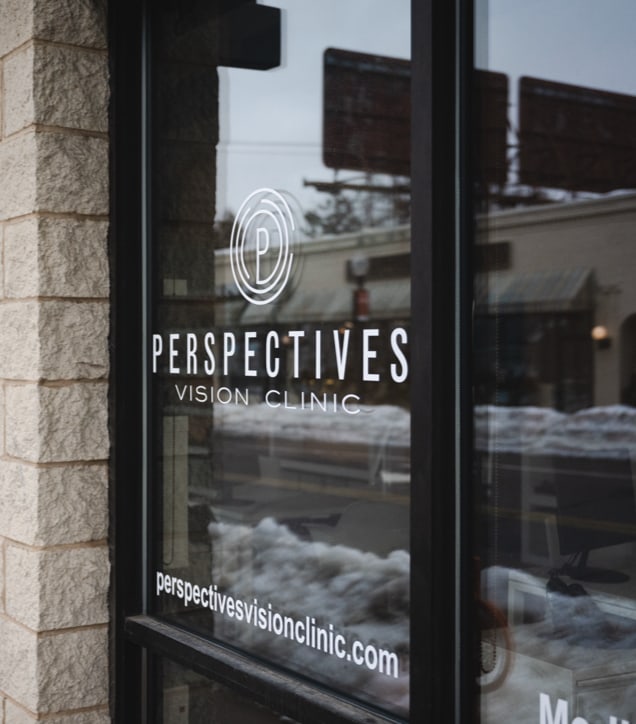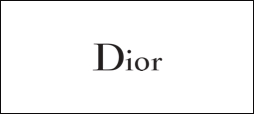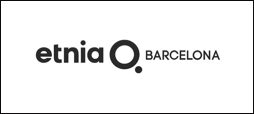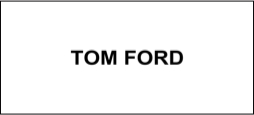You may read about myopia and think, “that doesn’t apply to me,” but myopia affects around 42% of people in the US, and the rates are on the rise. A comprehensive eye exam can properly diagnose whether you or your child have myopia.
Myopia is not a disease—it’s an ocular condition that currently has no cure. But, through clinical trials and fantastic efforts in the optometry world, several myopia treatments exist to help slow myopia’s progression and manage it.
What Is Myopia?
Myopia, more commonly known as nearsightedness, is a refractive error that occurs during eye development between ages 6 and 14. With myopia, it’s harder for light rays to properly focus on the retina, causing distant objects to appear blurry.
Since myopia develops during childhood, many treatments are geared towards adolescents. But, we don’t exclude adults. It’s possible that you’ve had myopia since your younger years, and you need treatment now.
What causes this ocular condition? Myopia can be hereditary or develop spontaneously. So, when you bring your child in for an eye exam, be sure to mention your family’s eye health history. We’ll help you get a handle on myopia so it can’t control your lifestyle.
What Happens When I Have Myopia?
This common eye condition affects the parts of the eye that focus images: the cornea and the lens. Myopia develops when the eyeball elongates irregularly or the cornea’s shape has too much curvature. This causes a refractive error preventing light rays from refracting properly in the eye.
When you or your child has myopia, you may notice these symptoms:
- Blurred vision when looking at distant objects
- Squinting or partially closing eyelids to see clearly
- Headaches caused by eyestrain
- Difficulty seeing while driving at night
- Frequent eye rubbing
- Excessive blinking
- Sitting closer to the television or front of the classroom
If you read through those symptoms and recognize some in yourself or your child, visit your optometrist for an eye exam so they can accurately diagnose the condition.
Treatments Available for Myopia Control
When you hear that a condition doesn’t have a cure, it can be worrisome. But, don’t stress—the common nature of myopia has led to several advancements in treatment options to manage this eye issue.
Following a comprehensive eye exam, your optometrist can guide you towards the appropriate treatment depending on the circumstances. For instance, you may start with treatments to slow development, or you may have stylish new eyeglasses to wear at home.
No matter the treatment, the goal is to manage your myopia in a way that suits your lifestyle.
Multifocal Eyeglasses
Wearing prescription glasses remains one of the most common ways to treat myopia. Multifocal, or progressive lenses, work well because they have three lens powers in one pair of glasses (without the telltale line of bifocals).
Multifocal lenses can correct the refractive error caused by myopia and aid the patient’s eyes in seeing clearly at all distances.

Multifocal Contact Lenses
If glasses don’t suit your lifestyle, contact lenses are a terrific alternative. Much like progressive eyeglass lenses, multifocal contacts have a range of magnification in each lens, helping to correct objects both near and far.
Multifocal contact lenses, like NaturalVue® Multifocal Lenses, help improve your vision and slow the progression of myopia. Chat with us to learn more about these lenses.
Refractive Surgery
Treating myopia with eye surgery is an option after your eyes have stopped developing, usually around 20. Check with your optometrist before booking an appointment for refractive surgery.
There are a few refractive surgery options that have slightly different processes, including:
- LASIK (Laser-assisted in situ keratomileuses): The surgeon uses a laser to remove inner layers of the cornea to reshape it.
- LASEK (Laser-assisted subepithelial keratectomy): The surgeon uses a laser to reshape the cornea’s outer layer.
- PRK (Photorefractive keratectomy): The surgeon removes the cornea’s outer protective cover (epithelium) and reshapes the cornea. The epithelium grows back naturally to match the cornea’s new shape.
Orthokeratology (Ortho-K)
This type of myopia management uses specially designed contact lenses to reshape the corneas and slow the elongation of your eyeball. However, wearing contact lenses overnight has been linked to increased eye infections—so, this treatment is not free of complications.
Ortho-K treatment uses rigid gas permeable contacts lenses that are worn overnight. While the patient sleeps, these lenses gradually shape the corneas, providing clearer vision the next day. The results of ortho-K only last a day or two, and the overall effects are only temporary. Once you stop using the lenses, you’ll have to use a different method of myopia management.
Low-Dose Atropine Eye Drops
Atropine is a medication often used before your eye exam to dilate your pupils. Studies have found that low-dose atropine eye drops have the capability to slow the progression of myopia in children.
Your eye doctor can recommend the best dose of atropine and a treatment plan to follow.
We’re Here to Help
Developing or dealing with myopia may be less than ideal, especially for young ones in school. But with so many treatment options, we can slow its progression and help you get it under control.
Are you wondering if you have myopia? Let our doctors have a look at your eyes.
Don’t let myopia control your life. Visit us today!










